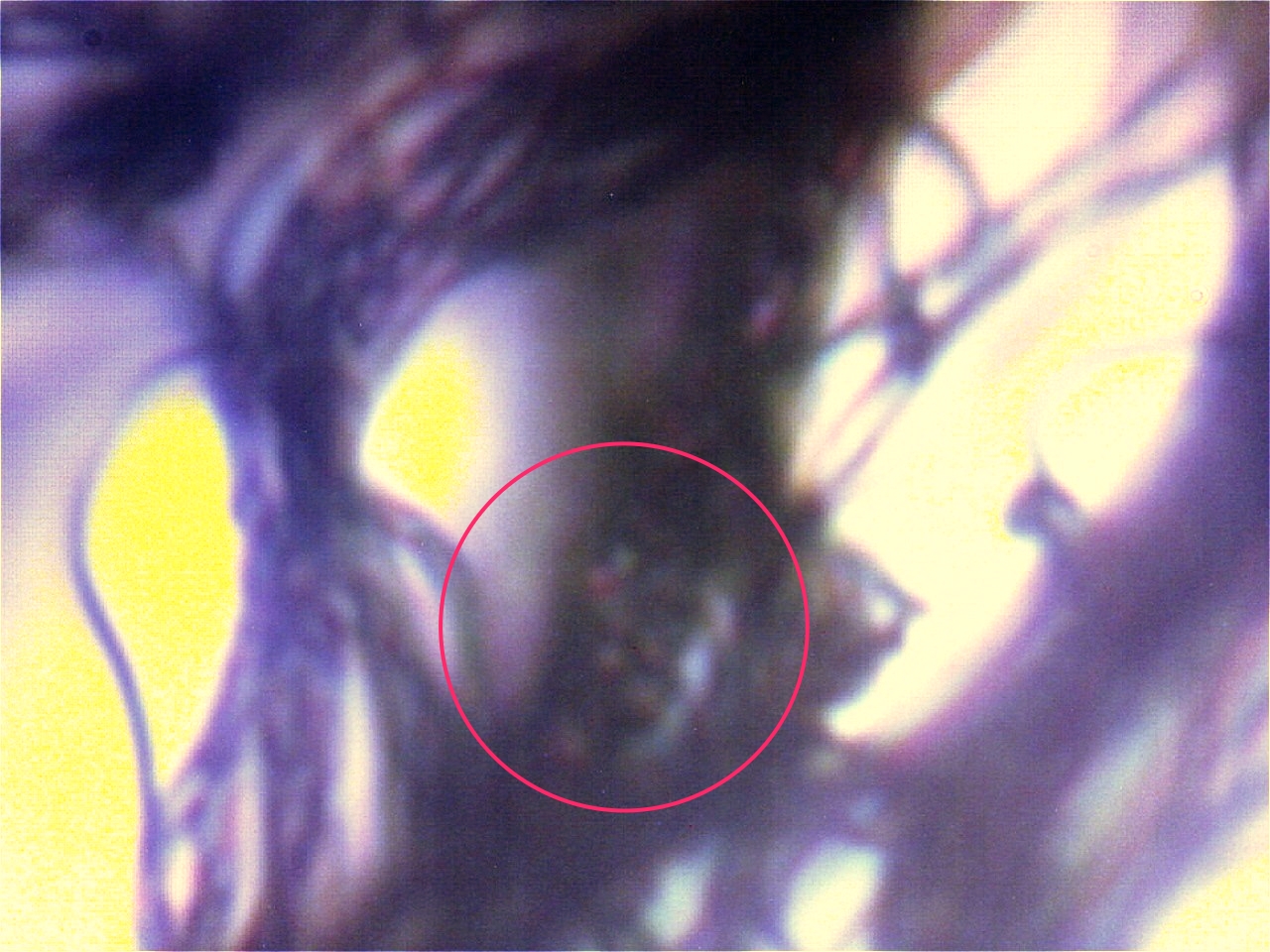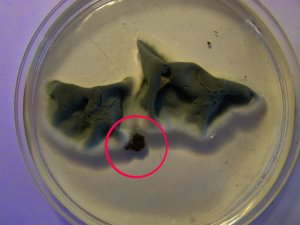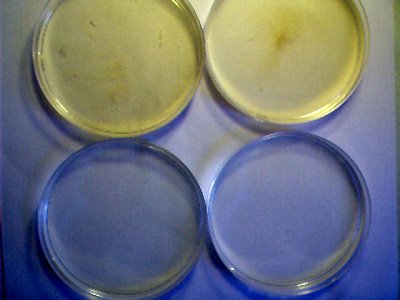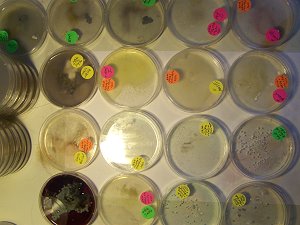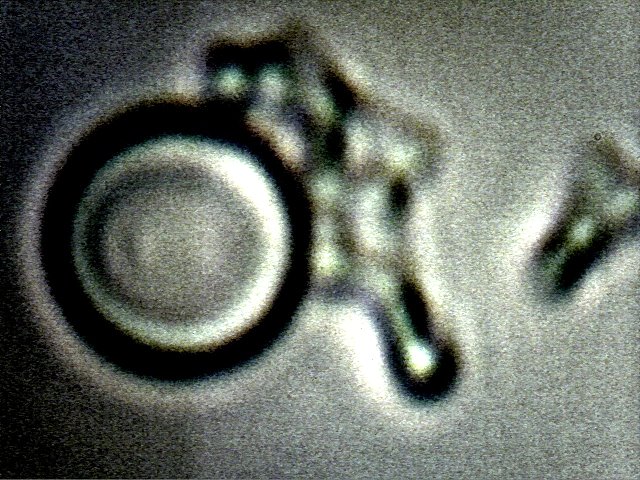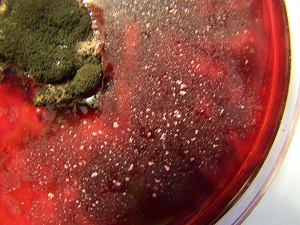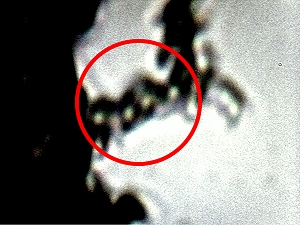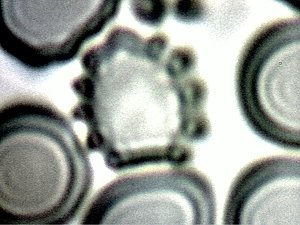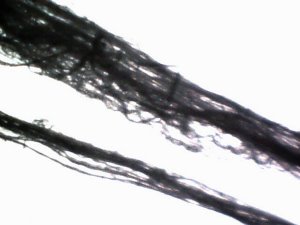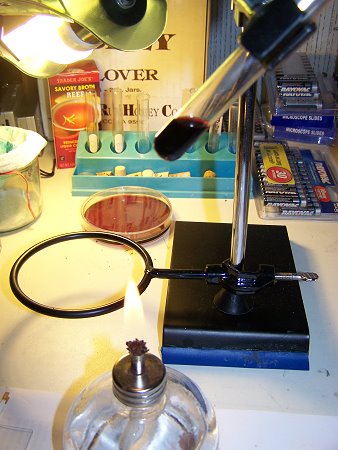
A set of four primary components has been established at the microscopic level in the research of the Morgellon's condition with them having, at the very least, some degree of association with the condition. These are (at a minimum): 1. An encasing filament structure, generally on the order of 12 to 20 microns in thickness, and it is this form which is visible to the human eye. 2. A chlamydia-like organism (Chlamydia pneumonia is the strongest candidate thus far) measuring on the order of 0.5 to 0.8 microns. 3. A pleomorphic form (Mycoplasma-like is the strongest candidate thus far). 4. An erythrocytic (red blood cell - likely artificial or modified) form. The Morgellons condition appears, by the best information and analysis to date, to be an orchestrated synthesis that crosses the lines of the three established 'Domains' of life on this planet (included in this paper is a short history of one phylogeneticist Carl R. Woese, who changed the interpretation of phylogeny, or the evolution of a genetically related group of organisms, into three classifications of 'domains' of: 1) The Bacteria; 2) The Archaea; and 3) The Eukarya. It is very difficult to envision, at this state of knowledge, that this "organism" (for the sake of discussion) is the result of any "natural" or "evolutionary" process.


